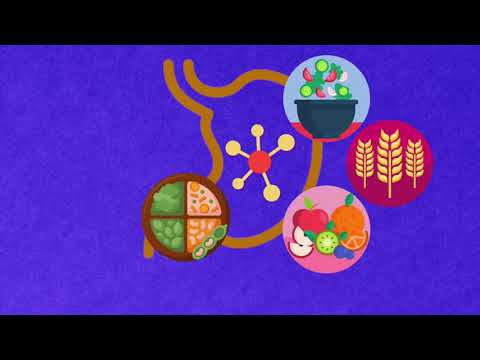Following a healthy eating pattern is important at every stage of our lives. However, as we age, some of our specific nutrition needs change. For example, as we get older we often need fewer calories but still have similar, or even increased nutrient needs, so it’s especially important to make every bite count.
So if you’re an older adult, exactly which foods and nutrients should you be paying special attention to, and why? The 2020-2025 Dietary Guidelines for Americans (DGA) can help you answer this question. The DGA provide science-based advice on what to eat and drink to promote health, reduce the risk of chronic disease and meet nutrient needs through every stage of life, including for older adults.
What are the Special Nutrition Considerations to Keep in Mind for Healthy Aging?
Calcium and Vitamin D
Calcium and vitamin D promote bone health throughout life and help to prevent osteoporosis. Examples of foods high in calcium include cheese, milk, yogurt and sardines, as well as fortified beverages such as orange juice. Examples of foods high in vitamin D include sockeye salmon and rainbow trout. Breakfast cereals, milk and non-dairy milk alternatives are good sources of both calcium and vitamin D.
Dietary Fiber
Dietary fiber is a key part of good gut and bowel health, which can promote adequate digestion and absorption of several nutrients. Fiber can also help keep you regular. To get more fiber in your diet, look to vegetables, beans, lentils and whole grains.
Protein
Protein is important for muscle mass, strength and bone health. Try to include a variety of plant and animal protein sources in your diet, including seafood, dairy, lean meats, poultry, eggs, tofu, beans, peas and lentils.
Vitamin B12
Vitamin B12 is important for metabolism, heart, nerve and muscle health. Absorption of vitamin B12 can decrease with age and some medications further reduce its absorption. Protein-rich foods like lean meats, fish, poultry, eggs and dairy are common sources of vitamin B12.
Beverages
Staying properly hydrated becomes more challenging as we age. In addition to drinking water, choose unsweetened beverages such as 100% juice, low-fat or fat-free milk or fortified non-dairy milk alternatives. Water found in foods like fruits, vegetables and soups also contribute to hydration.
It’s also important to remember that healthy eating at any life stage goes beyond the food itself. This includes finding food textures that work best for you, such as by pureeing foods or using soup to soften foods if you have difficulty chewing or swallowing. Additionally, practicing food safety is critical as we age because our immune function decreases, and this may increase the risk for foodborne illness. There are four important steps to food safety; clean, separate, cook and chill:
– Clean surfaces often
– Separate raw meats from other foods to avoid cross-contamination
– Cook foods to the proper internal temperature
– Chill foods by refrigerating them promptly
Last but certainly not least, enjoy your food no matter what stage of life you’re in.
Check out our video below to learn more about healthy eating recommendations for adults over age 60!

